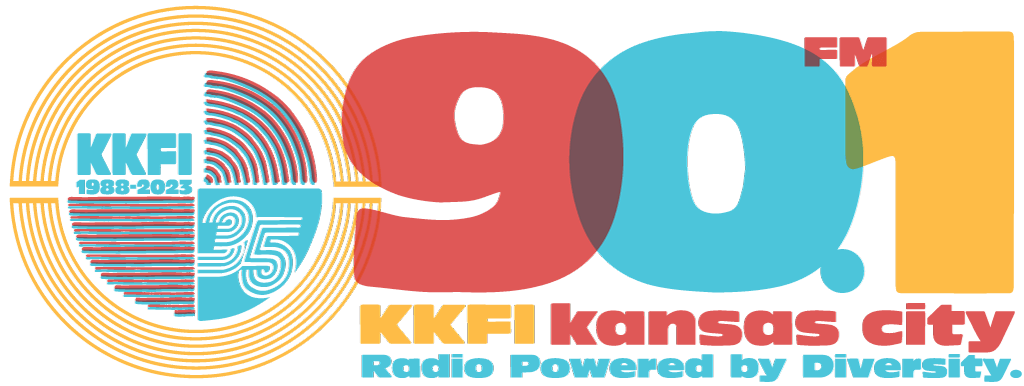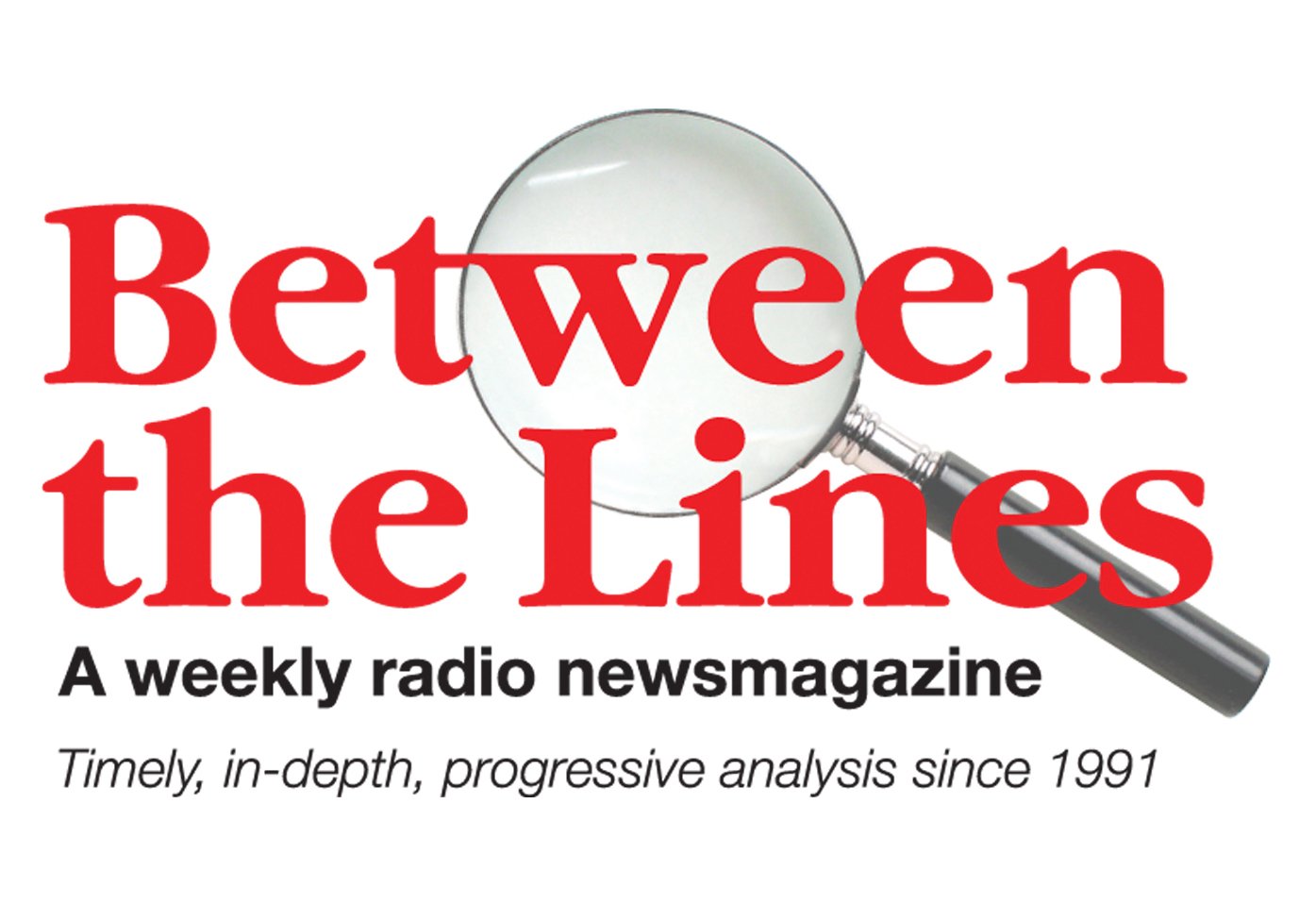![]() Interview with Frederick Clarkson, a senior fellow with Political Research Associates, conducted by Scott Harris
Interview with Frederick Clarkson, a senior fellow with Political Research Associates, conducted by Scott Harris 
In a landmark ruling in the Burwell v. Hobby Lobby Stores case, the U.S. Supreme Court handed down a decision on June 30 that allows the owners of some for-profit corporations to impose their religious beliefs on their employees when it comes to health care issues. The five justices of the court’s conservative majority held that family-owned businesses can deny their female workers contraceptives as part of their employee health insurance plan, when the owners object to certain forms of birth control required under the federal Affordable Care Act.
In an extension of the high court’s 2010 Citizens United decision that affirmed corporate personhood for the purpose of making unrestricted political campaign contributions, the conservative majority has now declared that incorporated businesses have the right to hold religious beliefs, just like natural born humans. While Justice Samuel A. Alito Jr., writing for the majority emphasized that this ruling was narrow in scope, Justice Ruth Bader Ginsburg in her forceful dissent stated that this decision of “startling breadth” would allow corporations to opt out of almost any law that they find “incompatible with their sincerely held religious beliefs.”
While some initial analysis of the ruling mistakenly minimized the effect of this decision to a small number of “closely held” corporations, upon closer examination it turns out that fully 90 percent of all businesses in the U.S. are family-owned, employing over 50 percent of the nation’s workforce. Closely held, or non-publicly traded corporations that potentially could take advantage of the ruling include companies such as Cargill, Dell, Heinz, Dole Foods, the Koch Industries, Publix supermarkets, Ernst & Young, Amway, Toys-R-Us, Hilton and Bloomberg. Between The Lines’ Scott Harris spoke with Frederick Clarkson, a senior fellow with Political Research Associates, who assesses the likely consequences of the Supreme Court ruling in the Hobby Lobby case.
Frederick Clarkson is author of the book “Eternal Hostility: The Struggle Between Theocracy and Democracy.” Find more information on Political Research Associates at politicalresearch.org.
Related Links:
 Interview with Frederick Clarkson, conducted by Scott Harris, Counterpoint, June 30, 2014 (16:19)
Interview with Frederick Clarkson, conducted by Scott Harris, Counterpoint, June 30, 2014 (16:19)- Fred Clarkson’s Talk2Action Blog at talk2action.org
- “STATEMENT: NARAL Pro-Choice America Reaction To The Supreme Court Decision On Hobby Lobby,” prochoiceamerica.org
- “U.S. Supreme Court Lets Private Companies Deny Birth Control Coverage to Employees,” Center for Reproductive Rights, June 30, 2014
- “What The Hobby Lobby Decision Means For Your Health Care,” Think Progress, June 30, 2014
- “Executive Director Tarso Luís Ramos Explains Hobby Lobby Decision on Real News Network,” Political Research Associates, July 1, 2014
- “The 8 Best Lines From Ginsburg’s Dissent on the Hobby Lobby Contraception Decision,” Mother Jones, June 2014
- “How the Nation’s Biggest Closely Held Corporation Reacted to Hobby Lobby,” Vanity Fair, July 1, 2014
- “After Hobby Lobby, These 82 Corporations Could Drop Birth Control Coverage,” The Daily Beast, June 30, 2014
- “How Many Companies Will Be Touched By Court’s Contraception Ruling?” National Public Radio, June 30, 2014
- “Supreme Court Ruling Affirms Hobby Lobby Victory,” KWBU Public Radio, June 30, 2014
- “Five Reasons That Hobby Lobby Decision Is Bananas,” Medium, July 1, 2014
 Interview with David Brown, director of Public Health Toxicology for Environmental and Human Health, Inc., conducted by Melinda Tuhus
Interview with David Brown, director of Public Health Toxicology for Environmental and Human Health, Inc., conducted by Melinda Tuhus  In what is likely the first such study of its kind in the U.S., a team of scientists and public health professionals has examined a group of residents of southwestern Pennsylvania to determine if the health problems they report are the result of living near the industrial practice of “hydraulic fracturing” or drilling of horizontal wells for natural gas, known as “fracking”. That’s the process that involves drilling deep underground into tight shale formations, injecting a million or more gallons of water, sand and a list of secret chemicals, to shatter the rock and release the gas.The formerly bucolic Pennsylvania landscape has been transformed by the construction of well pads, gas flaring towers and the rumbling of hundreds of heavy trucks that service the sites, traveling on local roads and highways. Air and water pollution related to fracking operations has prompted many residents with health problems to seek answers about the possible links of their illness to the natural gas extraction process.David Brown, director of Public Health Toxicology for Environment and Human Health, Inc., helped coordinate the Southwest Pennsylvania Environmental Health Project. Between The Lines’ Melinda Tuhus spoke with Brown, past chief of Environmental Epidemiology and Occupational Health in Connecticut, who discusses the project’s investigation to determine the cause of residents’ complaints.
In what is likely the first such study of its kind in the U.S., a team of scientists and public health professionals has examined a group of residents of southwestern Pennsylvania to determine if the health problems they report are the result of living near the industrial practice of “hydraulic fracturing” or drilling of horizontal wells for natural gas, known as “fracking”. That’s the process that involves drilling deep underground into tight shale formations, injecting a million or more gallons of water, sand and a list of secret chemicals, to shatter the rock and release the gas.The formerly bucolic Pennsylvania landscape has been transformed by the construction of well pads, gas flaring towers and the rumbling of hundreds of heavy trucks that service the sites, traveling on local roads and highways. Air and water pollution related to fracking operations has prompted many residents with health problems to seek answers about the possible links of their illness to the natural gas extraction process.David Brown, director of Public Health Toxicology for Environment and Human Health, Inc., helped coordinate the Southwest Pennsylvania Environmental Health Project. Between The Lines’ Melinda Tuhus spoke with Brown, past chief of Environmental Epidemiology and Occupational Health in Connecticut, who discusses the project’s investigation to determine the cause of residents’ complaints.
DAVID BROWN: We looked for health effects – potential health effects – in people living in southwest Pennsylvania, but we looked in a fairly traditional way for public health, which is to identify the people who thought they were ill or seemed to be ill, and examined them and their situation, including their housing and things that were near their housing, to try to determine what their health status was, and what potential things might be affecting their health. We knew that gas fracking was going on very near their property and where they were living. So we went to Pennsylvania. It involved a nurse practitioner who examined people, it involved a community involvement people who were able to communicate with the population of people and have them explain what their problems were. We also looked at the scientific information that was available about what the exposures might be that these particular families might be exposed to.
What we found is that were clearly health effects that were occurring in a portion of the people we were talking to, and those health effects involved physical effects like nosebleeds, headaches, increased asthma attacks, skin rashes, and some of what we call cognitive effects – confusion, inability to sleep, high senses of worry and anxiety because they had essentially lost their ability to control their environment around their homes. There was gas drilling going on near their homes and extraction of gas; fumes were getting into their homes and near their homes, and some of them were finding that their water was contaminated and undrinkable. There was a reasonably large number of people involved. Washington county, Pennsylvania, has about 200,000 people, and we think the numbers of those people who are living near gas wells or gas production facilities who are potentially being exposed to emissions from the facilities – either through the air, the water or the soil – there was probably 5 to 15 percent of that population that looked like they could be at risk.
BETWEEN THE LINES: But, David Brown, correlation is not necessarily causation. Are you convinced these maladies are the result of fracking and not something else?
DAVID BROWN: Well, we’re pretty convinced it has to do with the gas activity that’s going on down there. One of the things we’re looking for before we can answer the question you just asked is what in public health is called a case description. What is different about this population than other people that might be sick in Washington Country? And you know, everybody has a certain amount of illness about them and we wanted to sort out which was which, and I think we’re getting close to the kind of exposures we did – we did a simple process where we took the individuals from each family we examined, we took their data and put it into a standardized format and then gave it to a panel of experts and said, Okay, identify which of these people you think would be likely to be sick anyway; which would be potentially affected by the gas drilling, and if so, what would they be affected by? And we found a portion of those people that in terms of the time when the drilling started and when the reported they were ill; in terms of the distance from the gas facilities; and in terms of the other health conditions they had, it could only be, or the most likely explanation is that they were being affected by the gas drilling.
BETWEEN THE LINES: On July 13, thousands of people are expected to protest at the offices of FERC, the Federal Energy Regulatory Commission, against its likely approval of liquified natural gas export facilities that would be supplied by an increase in fracking around the country.
DAVID BROWN: FERC takes a very narrow view of what it’s responsible for in a very broad problem. FERC could go a long way toward correcting this problem by saying, You have to tell us what’s in the gas line; you’re going to have to tell us where you got it from and where you got it. FERC doesn’t do that; it says, No, we’re responsible for moving the gas and that’s what we do, and that’s our charge. If they would be a little more thoughtful, in my judgment, about what their responsibilities are on a larger scale, the risks would be understood. As it is now, one would have to be very naive to allow the person who provides the pipe to decide whether gas will come into your neighborhood or not.
Find more information about the Southwest Pennsylvania Environmental Health Project and the hazards of natural gas fracking, by visiting environmentalhealthproject.org. Transcript compiled by Melinda Tuhus.
Related Links:
- “Assessing the risks of fracking: New York needs to be diligent where Pennsylvania has been careless,” Times Union, March 9, 2013
One Year After Supreme Court Dismantles Voting Right Act, 22 States Have Adopted New Voting Restrictions
Posted July 2, 2014
 Interview with Tomas Lopez, counsel with the Brennan Center for Justice, conducted by Scott Harris
Interview with Tomas Lopez, counsel with the Brennan Center for Justice, conducted by Scott Harris One year after the Supreme Court’s controversial and narrow 5 to 4 ruling, which overturned a key section of the 1965 Voting Rights Act, nearly half the states across the country have imposed new obstacles to voting. These include restrictive voter ID laws, limited early voting hours and new requirements making voter registration more difficult. These election regulations ushered in by mostly Republican governors and legislatures since 2010, disproportionately affect the voting rights of minorities, young people, senior citizens and other voters viewed as likely to cast ballots for Democratic party candidates.
One year after the Supreme Court’s controversial and narrow 5 to 4 ruling, which overturned a key section of the 1965 Voting Rights Act, nearly half the states across the country have imposed new obstacles to voting. These include restrictive voter ID laws, limited early voting hours and new requirements making voter registration more difficult. These election regulations ushered in by mostly Republican governors and legislatures since 2010, disproportionately affect the voting rights of minorities, young people, senior citizens and other voters viewed as likely to cast ballots for Democratic party candidates.Unless successfully challenged, these new restrictions will be in place in 22 states for the important midterm congressional elections this November 4. Voting rights advocates have already initiated lawsuits to overturn restrictive election regulations in seven states. In a hopeful sign, a federal judge in Milwaukee struck down Wisconsin’s voter identification law on April 29, declaring that a requirement that voters show a state-issued photo ID at the polls imposes an unfair burden on poor and minority voters.
Although the Voting Rights Amendment Act of 2014 was introduced in January, Congress has thus far failed to pass this legislation, which would restore the pre-clearance section of the Voting Rights Act struck down by the Supreme Court last year. Between The Lines’ Scott Harris spoke with Tomas Lopez, counsel with the Brennan Center for Justice, who discusses the status of challenges to new voter suppression laws across the nation and the likely impact on voters.
For more information on the Brennan Center for Justice, visit brennancenter.org.
Related Links:
 Interview with Tomas Lopez, conducted by Scott Harris, Counterpoint, June 30, 2014 (19:10)
Interview with Tomas Lopez, conducted by Scott Harris, Counterpoint, June 30, 2014 (19:10)- “‘Shelby County’: One Year Later,” Brennan Center, June 24, 2014
- NAACP Legal Defense and Educational Fund at naacpldf.org
- Advancement Project at Advancementproject.org
- Voting Rights For Today vrafortoday.org
- Let The People Vote at American Civil Liberties Union, aclu.org/voting-rights
- “Wisconsin Voter ID Law Rejected By Federal Judge,” Huffington Post, April 29, 2014
- “The Voting Rights Amendment Act, S.1945: Updating the Voting Rights Act in Response to Shelby County v. Holder,” United States Senate Committee on the Judiciary, June 25, 2014
- “Think we don’t need to update the Voting Rights Act? Check out Tuesday’s primaries,” Reuters blogs, June 25, 2014
This week’s summary of under-reported news
Compiled by Bob Nixon
- Human rights groups say the conflict between Muslim and Christian militias in the former French colony of the Central African Republic is reminiscent of the genocide carried out in Bosnia during the early 1990s. Activists say that swift international action is required to stop the widespread violence and war crimes now occurring in the republic. (“Central African Republic is at risk of genocide, says group,” Associated Press, June 24, 2014; “Minorities trapped in 16 sites in Central African Republic: UN,” Reuters, June 25, 2014; “UN finds ample evidence of war crimes committed in Central African Republic,” Guardian, June 6, 2014)
- Fifty years after the passage of the historic federal Voting Rights Act, Native Americans living on reservations still face significant barriers to voting. According to the newsmagazine In These Times, Native Americans cannot register on the reservations where they live and must travel long distances to vote, in often hostile white communities. (“The Missing Native Vote,” In These Times, June 10, 2014; “Montana Indian voting lawsuit settled,” Great Falls Tribune, June 13, 2014)
- Eugene Scalia, son of conservative U.S. Supreme Court Justice Antonia Scalia, has won the reputation as the “go-to- guy” to derail implementation of the 2010 Frank-Dodd banking reform law. Scalia has won three cases against the U.S. Securities and Exchange Commission, challenging new rules and regulations. His formula is fairly simple: the corporate lawyer demands a full cost-benefit analysis for each regulation, which substantially slows down new banking rules from taking effect. (“Strict Obstructionist,” Mother Jones, May 27, 2014 (not posted yet from July/August 2014 issue)
- “Assessing the risks of fracking: New York needs to be diligent where Pennsylvania has been careless,” Times Union, March 9, 2013



